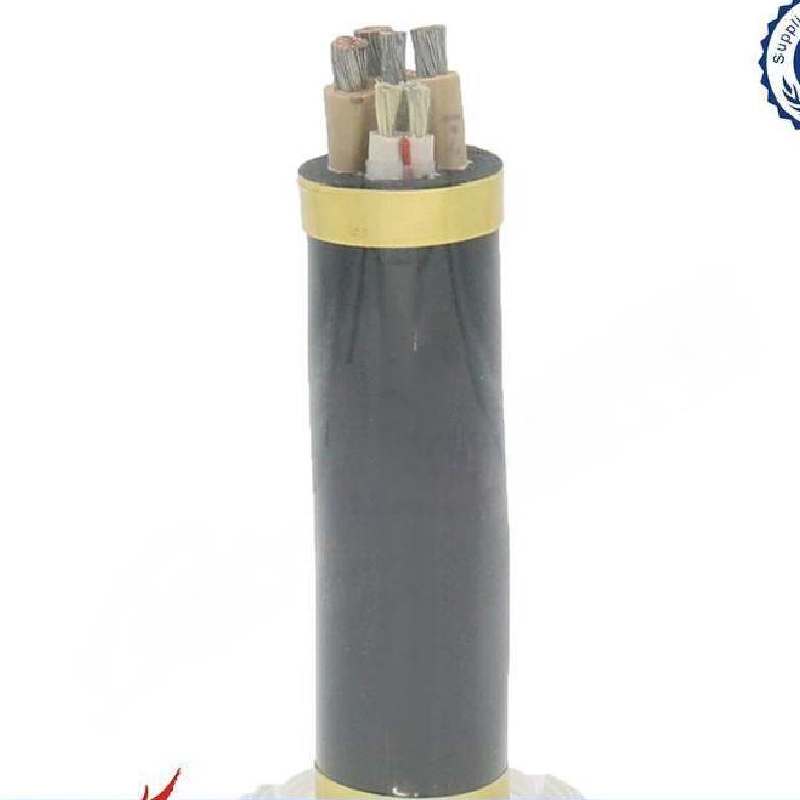Dec . 04, 2024 09:28 Back to list
swing check valve flange type
The Swing Check Valve Flange Type
In the world of fluid mechanics, ensuring the proper flow of liquids and gases is paramount. One critical component that plays a vital role in this system is the check valve, specifically the swing check valve of the flange type. This article delves into the design, functionality, and applications of swing check valves with a focus on flange connections.
Understanding Swing Check Valves
A swing check valve is a type of valve commonly used to prevent backflow in piping systems. Unlike other check valves that operate with a horizontal or vertical disc, the swing check valve features a disc that swings on a hinge. This design allows the valve to open and close based on the direction of fluid flow. When the fluid flows in the designated direction, the disc opens smoothly. Conversely, when the flow reverses, the disc swings back into place, sealing the pipeline and preventing reverse flow.
Flange Type Check Valves
Flange type check valves are characterized by their flange connections at the ends of the valve body. A flange is essentially a flat piece of metal with holes for bolts, allowing the valve to be securely attached to piping systems. This design makes flange check valves popular in industrial applications where robust connections are necessary.
The flange type design facilitates easy installation and maintenance. It allows for greater flexibility when integrating with existing piping systems, particularly in retrofit applications. Moreover, the standardization of flange sizes and specifications means that these valves can be easily replaced or interchanged without much hassle.
Advantages of Swing Check Valves with Flanges
1. Preventing Backflow The primary benefit of swing check valves is their ability to prevent backflow, ensuring the system operates efficiently without interruptions caused by reverse flow.
2. Low Pressure Drop Swing check valves are designed to create minimal resistance to flow when they are open, meaning they provide a low-pressure drop across the valve. This property is particularly important in systems where maintaining pressure is crucial.
3. Durability Flange type swing check valves are typically constructed from robust materials such as stainless steel, ductile iron, or bronze. This durability ensures they can withstand high pressures, corrosive fluids, and extreme temperatures.
swing check valve flange type

4. Ease of Maintenance The flange connections allow for easy disassembly when maintenance is required. This feature is particularly advantageous in industries where downtime needs to be minimized.
5. Versatility Swing check valves can be used in various applications, from municipal water supply systems to industrial processes, making them a versatile option for fluid control.
Applications of Swing Check Valves
Swing check valves can be found across many sectors. Some common applications include
- Water Treatment Plants They are often used to ensure that treated water does not flow back into the system, thus maintaining water quality.
- HVAC Systems In heating, ventilation, and air conditioning systems, swing check valves prevent backflow in chilled and hot water lines.
- Chemical Processing These valves are essential in chemical manufacturing for preventing backflow that could lead to contamination.
- Pumping Stations Swing check valves are used to protect pumps from damage caused by reverse flow, thereby enhancing operational reliability.
Conclusion
In conclusion, the swing check valve with a flange type connection is an integral component in the management of fluid flow across various industries. Their unique design offers significant benefits including preventing backflow, ensuring low-pressure drops, and providing ease of maintenance. As industries continue to expand and technology advances, the importance of effective fluid control mechanisms will only grow, marking the swing check valve as a critical player in that sphere. Proper selection, installation, and maintenance of these valves can contribute significantly to the efficiency and longevity of any fluid transport system.
Share
-
Reliable Wafer Type Butterfly Valves for Every IndustryNewsJul.25,2025
-
Reliable Flow Control Begins with the Right Ball Check ValveNewsJul.25,2025
-
Precision Flow Control Starts with Quality ValvesNewsJul.25,2025
-
Industrial Flow Control ReliabilityNewsJul.25,2025
-
Engineered for Efficiency Gate Valves That Power Industrial PerformanceNewsJul.25,2025
-
Empowering Infrastructure Through Quality ManufacturingNewsJul.25,2025